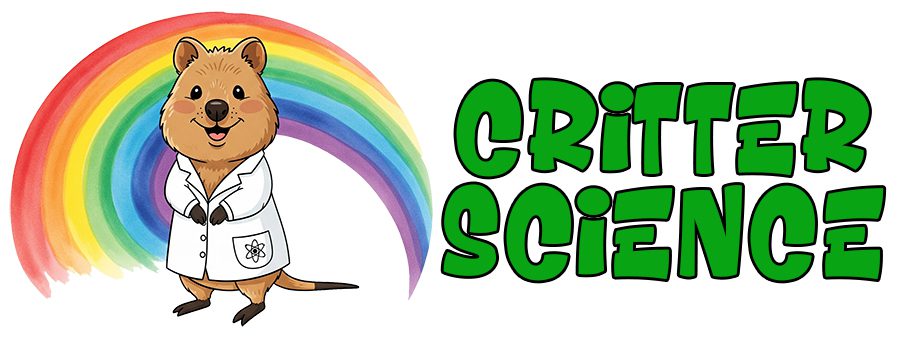- Zoology
- Daily Critter Facts
- For Teachers
- Study Guides
- Diseases & Parasites
- Contact

The Science behind It
The Science behind It

The concept of “animal devolution” is a complex and often misunderstood aspect of evolutionary biology. It’s crucial to understand that modern evolutionary theory does not support the idea of a linear, progressive “ladder” of advancement. Instead, evolution is driven by natural selection, which favors traits that enhance an organism’s survival and reproduction in its current environment. Therefore, what might appear as a “loss” of complexity is often an adaptation to a specific niche.
What is it?
Essentially, “devolution” refers to the loss or simplification of complex traits in an organism’s evolutionary history. This can occur when those traits are no longer advantageous or when the organism’s environment changes significantly. A classic example is the loss of sight in animals that inhabit deep caves. In these environments, where light is absent, eyes become redundant. Maintaining complex visual systems requires significant energy, so natural selection favors individuals with reduced or absent eyes.
Proof by Examples
Another example can be seen in certain parasitic animals. These organisms often experience a simplification of their anatomy, losing structures that are essential for free-living relatives. This is because parasites rely on their hosts for essential functions, such as digestion and locomotion. Therefore, they can afford to shed these structures, conserving energy for reproduction.
The loss of limbs in snakes is another typically cited example. Snakes evolved from limbed ancestors, but their elongated bodies and burrowing or slithering lifestyles made limbs less advantageous. Over time, natural selection favored individuals with reduced or absent limbs. This is an adaptation to a specific mode of locomotion and habitat, not a regression to a “primitive” state.
Similarly, the loss of flight in certain bird species, such as kiwis, penguins and ostriches, is often considered a form of “devolution.” However, these birds have adapted to different environments and lifestyles. Penguins, for instance, have evolved flipper-like wings that are ideal for swimming, while ostriches have developed powerful legs for running. These are adaptations that better suit their environments.
Not As Things Appear
It is important to emphasize that this simplification is not a “reversal” of evolution. It is simply a change in the direction of evolutionary adaptation. The animal is not going backwards to a previous ancestor, but is adapting to its current environment. Natural selection is the driving force that causes these changes.
Dollo’s Law
The concept of Dollo’s law is often brought up when discussing devoltion. Dollo’s law of irreversibility states that evolution is not reversible. Meaning that complex structures, once lost, will not re-evolve in the same manner. While this is not always strictly true, it is generally accepted that the probability of the exact same evolutionary pathway repeating itself is extremely low.
Vestigial Structures
The concept of vestigial structures also plays a role in understanding “devolution.” Vestigial structures are remnants of organs or structures that were functional in an organism’s ancestors but have become reduced or non-functional over time. These structures provide evidence of evolutionary change and adaptation. A perfect example of an animal with vestigial limbs is a python.
There Is No Goal In Mind
It is vital to recognize that evolution is not a goal-oriented process. There is no inherent direction toward increasing complexity. Instead, evolution is a response to environmental pressures, favoring traits that enhance survival and reproduction. Therefore, “devolution” is simply a manifestation of this adaptive process.
The idea that evolution has a direction, and therefor that “devolution” is a real backwards step, is rooted in older, now discredited, ideas of orthogenesis. Orthogenesis was the idea that evolution was driven by an internal force towards a predetermined goal. Modern evolutionary biology has shown that this is not the case.
In Summation
The term “devolution” can be misleading. It implies a backward step in evolution, which is not accurate. What appears to be a loss of complexity is often an adaptation to a specific environment or lifestyle. Natural selection drives these changes, favoring traits that enhance an organism’s survival and reproduction. Therefore, it is more accurate to view these changes as adaptations rather than “devolution.”
